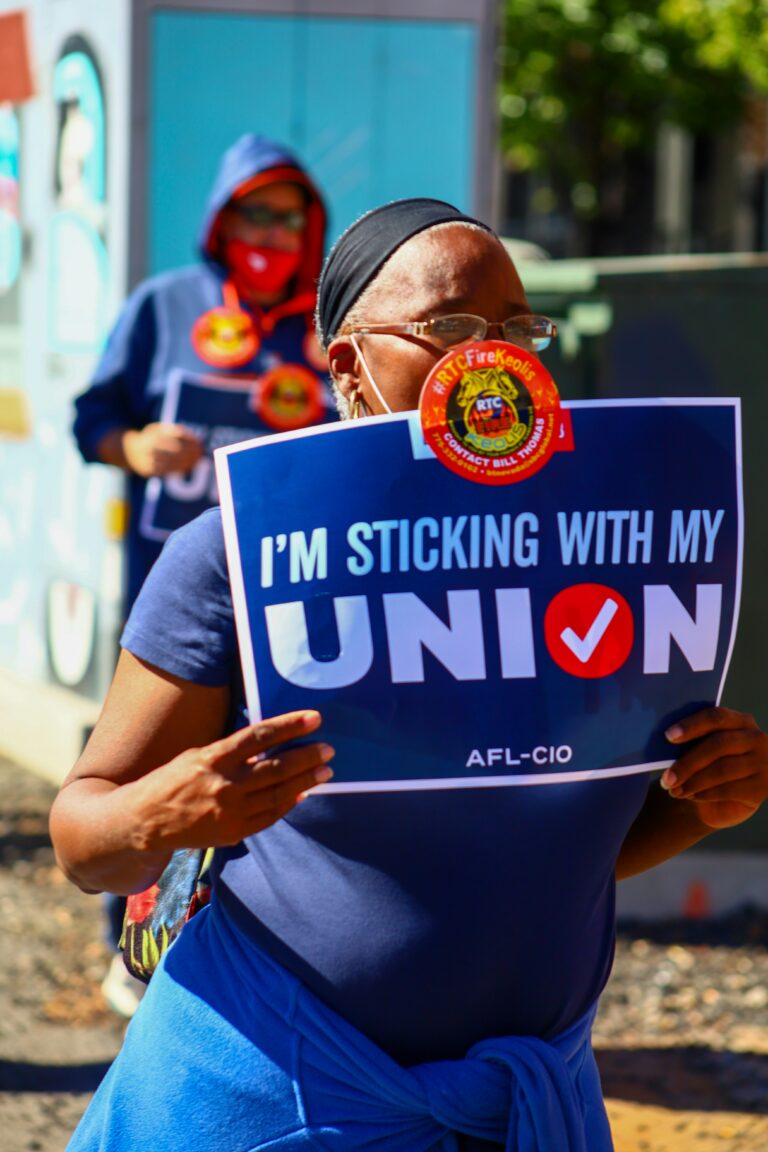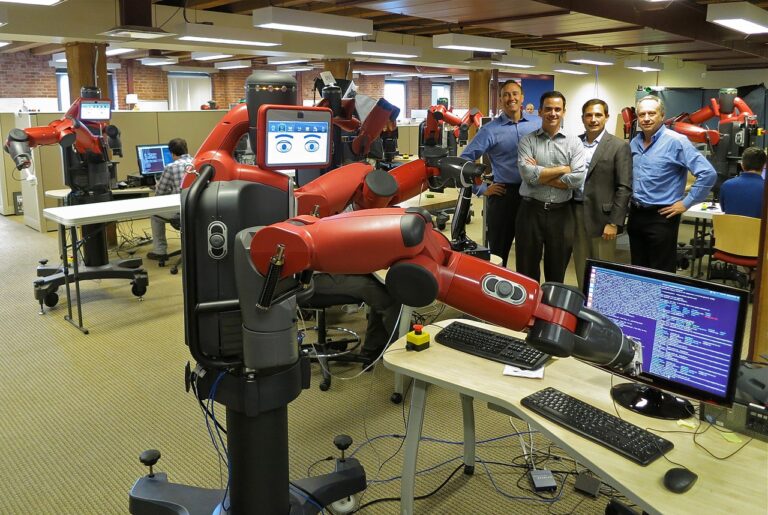
Andrew Strom is a union lawyer based in New York City. He is also an adjunct professor at Brooklyn Law School.
Among the scariest images of Hurricane Irma were two collapsed cranes at construction sites in Miami. If you’re wondering why Miami doesn’t have stricter laws regulating construction cranes, the answer is that when Miami enacted a law requiring cranes to withstand 140 mile per hour winds, the Associated Builders and Contractors, an association of non-union construction companies sued and stopped the law from going into effect.
Most cranes in the United States are only built to withstand winds of 93 miles per hour. But, in 2008, Miami-Dade County wisely realized that in a hurricane-prone region, it would make sense to impose stricter standards. The County decided that tower cranes should withstand wind loads of 140 miles per hour. Instead of accepting the wind load standard, the Associated Builders and Contractors sued, arguing that the federal Occupational Safety and Health Act preempted the local ordinance. The County argued that even if local workplace health and safety laws are ordinarily preempted, these standards should not be because “failing cranes kill people, workers and non-workers alike.” The County argued that particularly during hurricanes, the new standard was directed at public safety, not occupational safety.
But, the three judge panel on the Eleventh Circuit Court of Appeals rejected the County’s argument. The judges pointed out that construction sites are typically closed to the public, and “the County failed to identify a single incident in which a crane accident injured a member of the general public during a hurricane.” In other words, instead of taking precautionary measures, the County should have waited for someone to die, and then, perhaps the regulation would pass muster. I’d like to think the Eleventh Circuit judges are having second thoughts about that opinion.










Daily News & Commentary
Start your day with our roundup of the latest labor developments. See all
December 5
Netflix set to acquire Warner Bros., Gen Z men are the most pro-union generation in history, and lawmakers introduce the “No Robot Bosses Act.”
December 4
Unionized journalists win arbitration concerning AI, Starbucks challenges two NLRB rulings in the Fifth Circuit, and Philadelphia transit workers resume contract negotiations.
December 3
The Trump administration seeks to appeal a federal judge’s order that protects the CBAs of employees within the federal workforce; the U.S. Department of Labor launches an initiative to investigate violations of the H-1B visa program; and a union files a petition to form a bargaining unit for employees at the Met.
December 2
Fourth Circuit rejects broad reading of NLRA’s managerial exception; OPM cancels reduced tuition program for federal employees; Starbucks will pay $39 million for violating New York City’s Fair Workweek law; Mamdani and Sanders join striking baristas outside a Brooklyn Starbucks.
December 1
California farmworkers defend state labor law, cities consider requiring companies to hire delivery drivers, Supreme Court takes FAA last-mile drivers case.
November 30
In today’s news and commentary, the MSPB issues its first precedential ruling since regaining a quorum; Amazon workers lead strikes and demonstrations in multiple countries; and Starbucks workers expand their indefinite strike to additional locations. Last week, the Merit Systems Protection Board (MSPB) released its first precedential decision in eight months. The MSPB had been […]